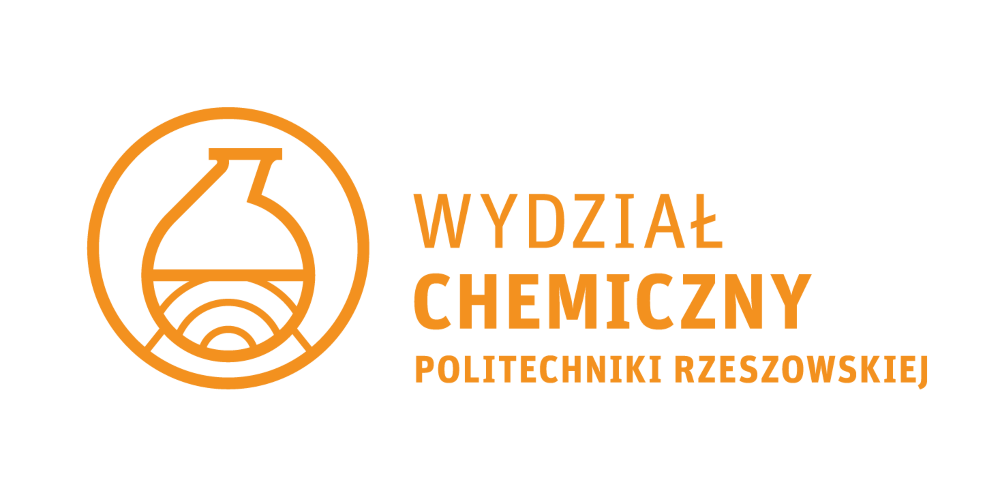

Computer-aided design and costing of process equipment
Some basic information about the module
The aim of studying and bibliography
The main aim of study:
The aim of the course is to increase practical knowledge of process and process apparatus design using computer-aided process and apparatus design software: Aspen Exchanger Design and Rating, Aspen Plus.
Topics include: design methods for typical equipment including detailed dimensioning and costing of process equipment.
The general information about the module:
The student acquires knowledge, competence and practical skills in the design of typical apparatus of the chemical industry such as heat exchangers and column equipment and methods of their detailed dimensioning and cost estimation using programmes: Aspen Exchanger Design and Rating and Aspen Plus.
Also learns methods of economic evaluation of investment projects in the chemical industry.
Bibliography required to complete the module
| 1 | J. Jeżowski | Wprowadzenie do projektowania systemów technologii chemicznej. Cz. I. Teoria, skrypt, | Oficyna Wydawnicza PRz . | 2002 |
| 2 | W.D. Seider, J.D. Seader, D.R. Lewin | Product & Process Design Principles | John Wiley & Sons, Inc. . | 2004 |
| 3 | R. Smith | Chemical process design and integration | John Wiley and Sons Ltd . | 2005 |
| 1 | A. Jeżowska, J. Jeżowski | Wprowadzenie do projektowania systemów technologii chemicznej. Cz.II. Przykłady, | Oficyna Wydawnicza PRz . | 2002 |
| 2 | A. Jeżowska | Projekt Technologiczny, materiały pomocnicze | Oficyna Wydawnicza PRz . | 2012 |
Basic requirements in category knowledge/skills/social competences
Formal requirements:
Basic requirements in category knowledge:
Passed Course Process design
Basic requirements in category skills:
Ability to use simulation programs supporting design
Basic requirements in category social competences:
Teamwork skills in solving problems
Module outcomes
| MEK | The student who completed the module | Types of classes / teaching methods leading to achieving a given outcome of teaching | Methods of verifying every mentioned outcome of teaching | Relationships with KEK | Relationships with PRK |
|---|---|---|---|---|---|
| MEK01 | He can make design calculations to determine process parameters of typical chemical industry apparatus, and to evaluate competing technological solutions. | the project team, individual design | project report |
K-W02+ K-U07+ |
P7S-UW P7S-WG |
| MEK02 | He has the ability to prepare design calculations with the aim of detailed dimensioning of typical chemical industry apparatus. | the project team, individual design | project report |
K-W03+ K-U07+ |
P7S-UW P7S-WG |
| MEK03 | has the ability to make an economic assessment of an investment project in the chemical industry and to select the best project. | the project team, individual design | project report |
K-U15+ K-K01+ |
P7S-KK P7S-UW |
The syllabus of the module
| Sem. | TK | The content | realized in | MEK |
|---|---|---|---|---|
| 2 | TK01 | P01, P02, P03, P04 | MEK01 | |
| 2 | TK02 | P05, P06, P07, P08, P09, P10, P11, P12,P13, P14,P15, P16, P17 | MEK02 | |
| 2 | TK03 | P18, P19, P20, P21,P22, P23, P24, P25, P26,P27, P28, P29, P30 | MEK03 |
The student's effort
| The type of classes | The work before classes | The participation in classes | The work after classes |
|---|---|---|---|
| Project/Seminar (sem. 2) | The preparation for projects/seminars:
7.00 hours/sem. |
contact hours:
30.00 hours/sem.. |
Doing the project/report/ Keeping records:
15.00 hours/sem. The preparation for the presentation: 3.00 hours/sem. |
| Advice (sem. 2) | |||
| Credit (sem. 2) | The oral credit:
1.00 hours/sem. |
The way of giving the component module grades and the final grade
| The type of classes | The way of giving the final grade |
|---|---|
| Project/Seminar | |
| The final grade |
Sample problems
Required during the exam/when receiving the credit
(-)
Realized during classes/laboratories/projects
(-)
Others
(-)
Can a student use any teaching aids during the exam/when receiving the credit : no